There’s no shortage of advice when it comes to lawn care, but not all of it is helpful.
In fact, some common tips can do more harm than good.
If you’re looking to keep your lawn lush and healthy, it’s important to separate fact from fiction. At LawnsOne, we’ve seen the consequences of these myths firsthand, and we’re here to debunk them, helping you make informed decisions for your garden.
In this article, we’ll explore the top 10 lawn care myths, explain why they’re misleading, and share professional advice on how to really achieve a healthy, green lawn.
Myth 1: Watering Every Day is Best for Your Lawn
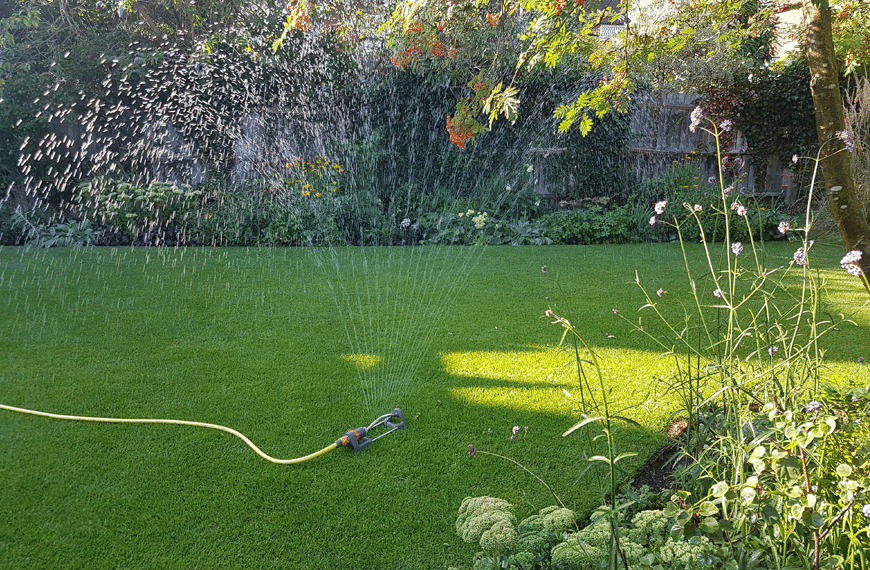
Debunked:
It’s a common belief that watering your lawn every day is the key to keeping it green, but this is a myth.
In reality, daily watering encourages shallow root growth, making your lawn more vulnerable to drought and disease. Instead, it’s better to water deeply but less frequently, which encourages roots to grow deeper into the soil where they can access moisture more efficiently.
Expert Advice:
At LawnsOne, we recommend watering your lawn once or twice a week, depending on the weather. The key is to soak the lawn thoroughly so that the water reaches a depth of about 6 inches. This encourages strong, deep roots that can withstand dry spells and other stresses.
Myth 2: All Grass is the Same
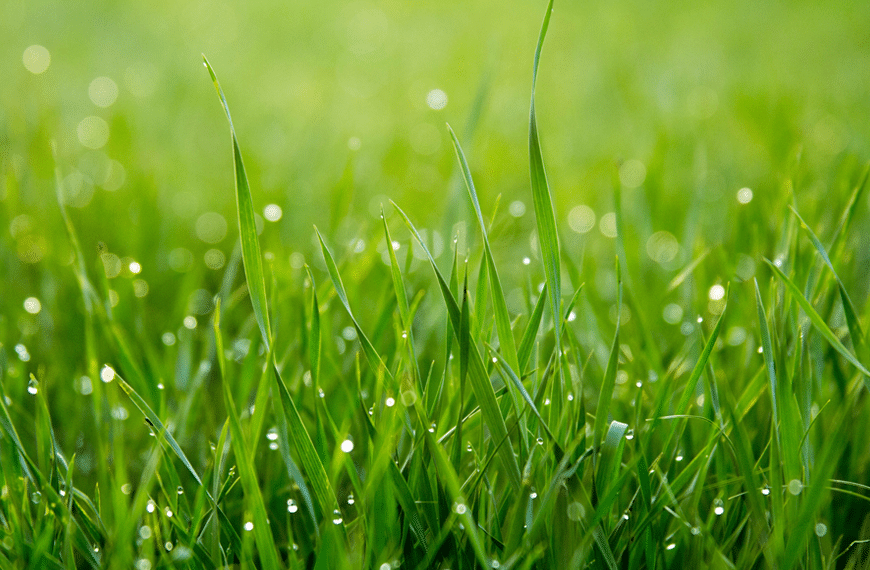
Debunked:
Many people assume that all grass types are the same, but in fact, different grasses thrive under different conditions. The type of grass best suited to your lawn depends on several factors, including your local climate, soil type, and how much shade your lawn gets.
Expert Advice:
In the UK, lawns in the Southeast often thrive with rye grass mixes like PM80 and PM70 but some situations may call PM60, a shadier mix including fescues.
Our specialists at LawnsOne assess these factors to recommend the best grass type for your lawn. Choosing the right variety ensures it thrives year-round with minimal maintenance.
Myth 3: Shorter Lawns Are Healthier

Debunked:
While it might seem like mowing your lawn as short as possible will reduce the need for frequent mowing, it actually harms your lawn in the long run. Cutting the grass too short weakens it, making it more susceptible to pests, diseases, and drought stress.
Expert Advice:
We recommend the “one-third rule” — never cut more than one-third of the grass blade at once. This helps maintain the lawn’s strength and health. For most grass types, keeping it at a height of 30-40mm works best, allowing for healthy growth while keeping weeds at bay. Mowing higher also helps the grass shade its roots, reducing evaporation and keeping the soil moist.
Myth 4: Fertiliser is Only Needed in Spring

Debunked:
Fertilising only in spring is one of the most common misconceptions in lawn care. Lawns require consistent nutrients throughout the year, not just in one season. While spring is an important time to boost growth, a balanced, year-round fertilisation plan is key to maintaining lawn health.
Expert Advice
LawnsOne’s 7-treatment, 5-visit plan ensures that your lawn gets the right nutrients at the right times, from spring growth spurts through autumn phases.
Fertilising in autumn, for example, prepares the lawn for winter by encouraging root growth, so it can bounce back stronger in the spring.
Myth 5: Weeds Mean You Have a Bad Lawn
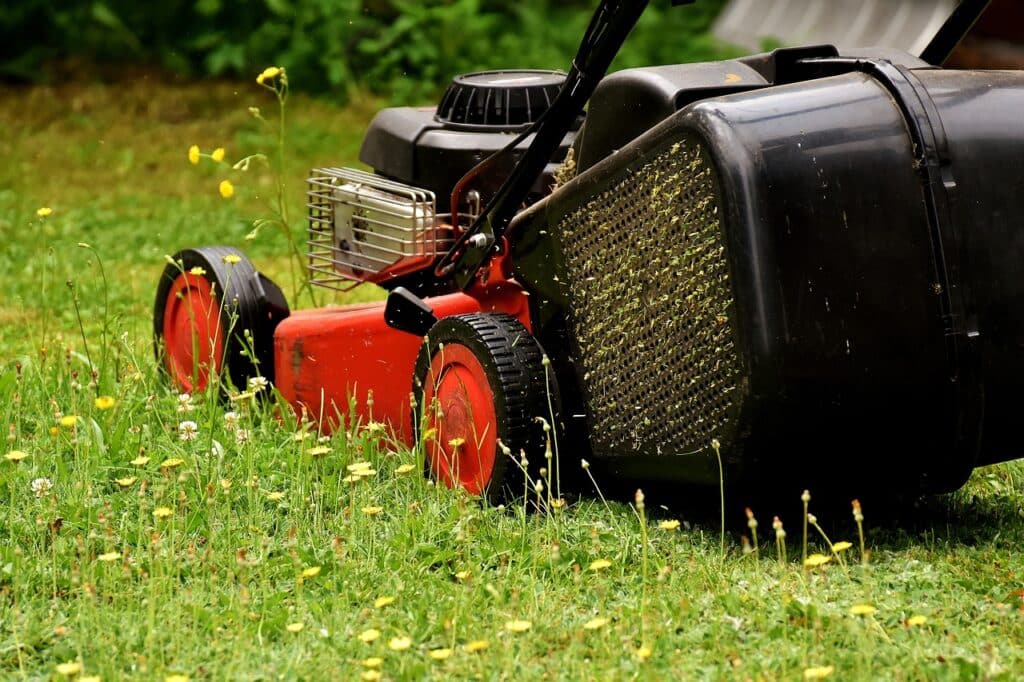
Debunked:
Weeds are often seen as a sign of a poor lawn, but even the best-maintained lawns can have weed issues. Weeds can spread through windborne seeds, birds, or even from a neighbour’s garden. It’s not always a reflection of neglect.
Expert Advice:
While weeds can sprout anywhere, the difference lies in control and prevention. At LawnsOne, we use treatments to tackle weeds before they take hold.
A thick, healthy lawn also naturally suppresses weeds by out-competing them for space, water, and nutrients.
Myth 6: DIY Lawn Care is Just as Effective as Professional Services
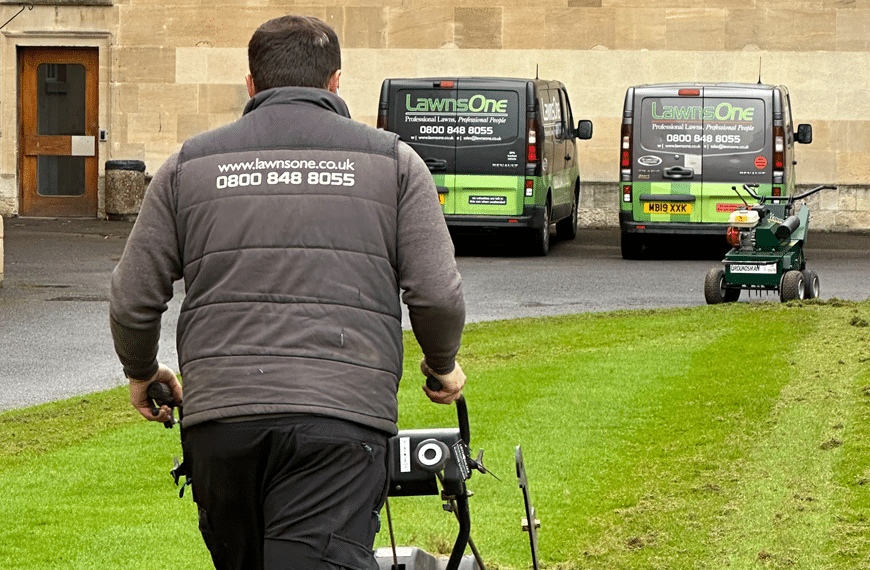
Debunked:
There’s a belief that DIY lawn care can be just as good as professional services but it’s not always the case. Without the right knowledge, equipment or treatments, DIY efforts can often be ineffective or even damaging.
From applying the wrong amount or type of fertiliser or deploying treatments at the wrong time, there’s plenty of room for error.
Expert Insight:
LawnsOne professionals are trained to use precision tools and treatments, ensuring your lawn gets exactly what it needs. Our technicians tailor each treatment to your lawn’s specific condition, using commercial-grade products that aren’t available to the public. This ensures that you see results quickly, without the guesswork and risks that come with DIY care.
Myth 7: You Should Bag Grass Clippings
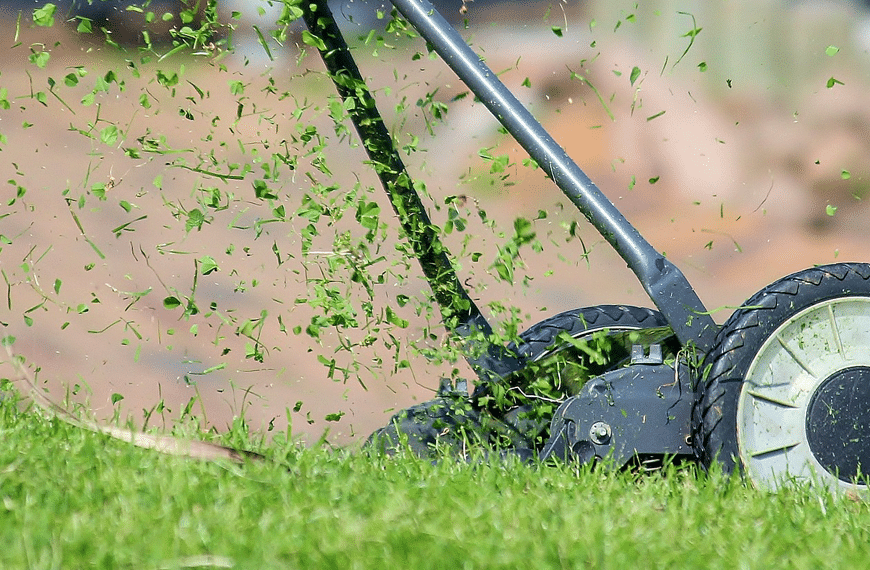
Debunked:
Many homeowners believe that bagging grass clippings after mowing keeps their lawn cleaner. However, leaving the clippings on your lawn can actually be beneficial. Grass clippings decompose quickly, returning valuable nutrients like nitrogen to the soil.
Expert Advice
LawnsOne recommends mulching grass clippings instead of bagging them. Not only does this reduce waste, but it also naturally fertilises the lawn, leading to greener, healthier grass. Mulching can reduce your lawn’s need for additional fertilisers, saving time and money while improving soil health.
Myth 8: Pesticides Are Always Necessary
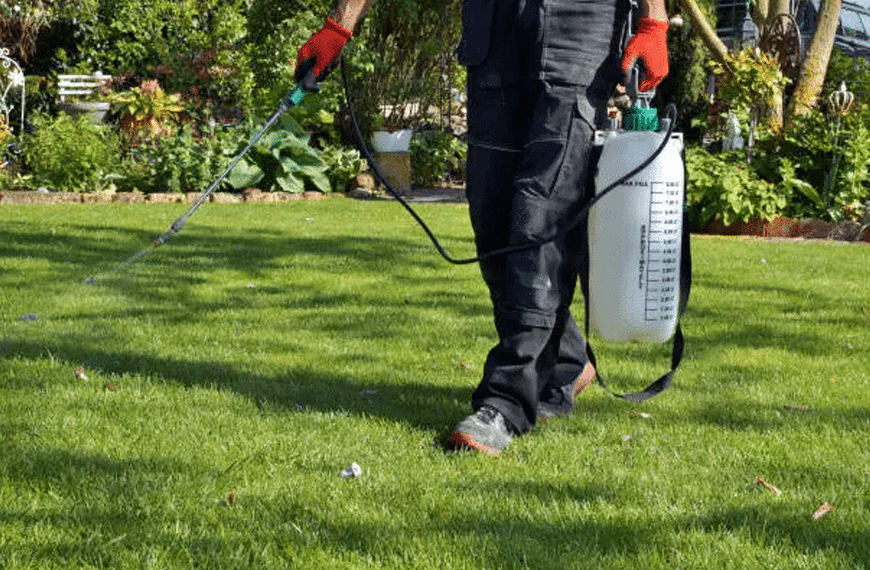
Debunked:
While pests can certainly damage your lawn, using pesticides indiscriminately can do more harm than good. Over-reliance on chemicals can damage beneficial organisms in the soil and harm the overall health of your lawn.
Expert Insight:
At LawnsOne, we focus on long-term prevention through a combination of cultural, mechanical, and biological methods.
We limit the use of chemical treatments using them only when absolutely necessary, reducing the environmental impact while keeping your lawn healthy and pest-free.
Myth 9: Thatch is Always Bad for Your Lawn
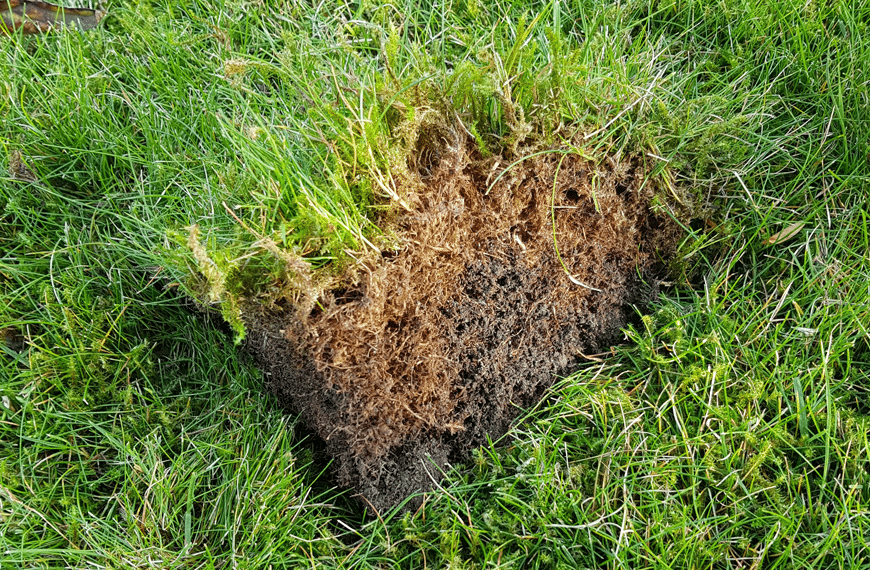
Debunked:
Thatch – a layer of organic material between the grass blades and the soil – isn’t always a problem. In fact, a small amount of thatch (up to ½ inch) can actually be beneficial, protecting the soil from temperature fluctuations and retaining moisture.
Expert Advice:
The issue arises when the thatch layer becomes too thick, suffocating the lawn and blocking nutrients, water, and air from reaching the roots. LawnsOne provides regular aeration and dethatching services to ensure that the thatch remains at an optimal level, promoting healthy grass growth.
Myth 10: Lawns Don’t Need Care in Winter
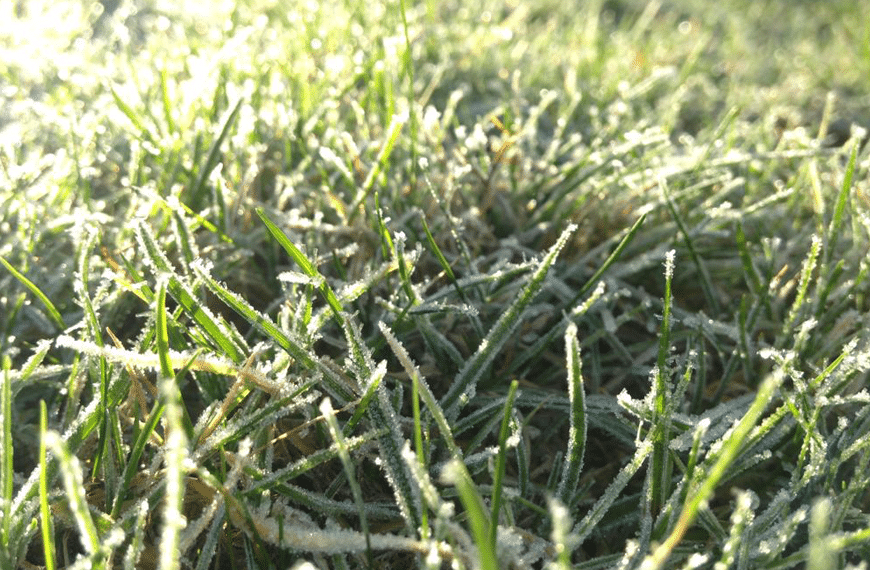
Debunked:
It’s easy to assume that your lawn doesn’t need any care during the winter months, but this couldn’t be further from the truth. Even though growth slows down, there are crucial steps you need to take to ensure a healthy lawn in the spring.
Expert Advice
LawnsOne’s year-round treatment plan includes winter treatments that protect the grass from frost damage, mould, and other winter stresses.
Winter aeration, for instance, helps the soil breathe and avoids compaction. Taking care of your lawn during the colder months ensures it stays strong, healthy, and ready for spring growth.